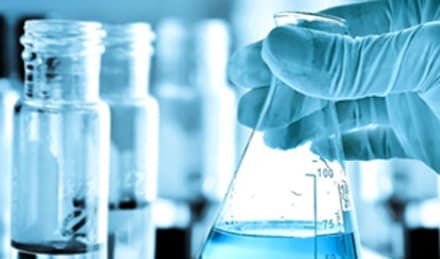All coagulation factors are synthesized by the liver except for factor VIII, which is produced by endothelial cells. VWF is also synthesized in megakaryocytes in addition to endothelial cells. Blood coagulation is initiated by vascular damage and contact of TF with the blood stream and leads to the production of small amounts of thrombin. This thrombin is sufficient to activate platelets and factors V, VIII, and XI and initiate a common pathway that leads to the generation of higher amounts of thrombin. This thrombin is also sufficient to convert fibrinogen to fibrin. Thrombin is a key coagulation enzyme that has two main functions in hemostasis, which include converting fibrinogen to fibrin and activating platelets.
Unlike the intrinsic pathway, there is an extrinsic component, TF, in this pathway. This pathway begins with the formation of a complex between plasma activated factor VII (FVIIa) and TF from extravascular tissue. Although TF is not present in high concentrations in the bloodstream, it encounters FVIIa during tissue damage. As a cofactor of FVII, TF induces the activation of FVII. This complex breaks small amounts of factors IX and X into active factors IX and active X, respectively. Active factor X (FXa) together with active factor V (FVa) and as FVa cofactor forms the prothrombinase complex. This complex converts prothrombin (FII) to thrombin (FIIa) and thrombin converts fibrinogen to fibrin monomers. These fibrin monomers are unstable and are cross-linked and stabilized by active factor XIII (FXIIIa).

